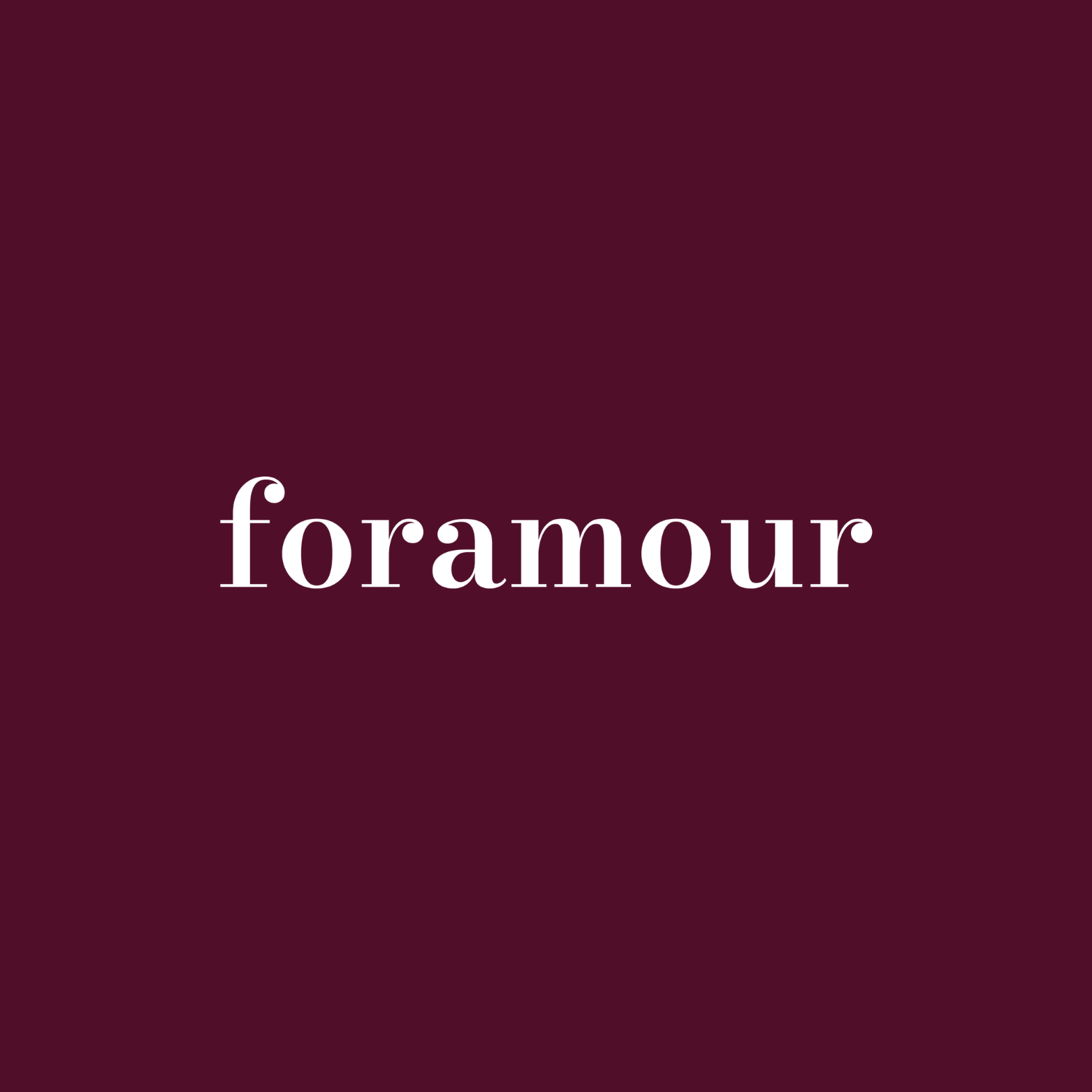
How Social Media Influences Jewelry Purchasing Decisions
In the heart of Mumbai's vibrant Zaveri Bazaar, a young professional pauses amid the clamor of haggling vendors, her eyes glued to her smartphone. An Instagram Reel pops up, featuring a local influencer twirling in a stunning gold choker from Tanishq, complete with an AR filter allowing her to try it on virtually. Intrigued, she messages the brand via WhatsApp to inquire about availability. Moments later, she's en route to the store. This everyday scene encapsulates the digital revolution sweeping India's jewelry sector, where social media bridges ancient traditions with modern shopping habits. With the industry's exports poised to hit US$ 100 billion by 2027 according to the India Brand Equity Foundation, the fusion of online discovery and offline purchases is driving unprecedented growth.
Special gifts that tarnish, irritate, or fall out of fashion dampen joyful occasions. That disappointment clouds memories meant to endure. Foramour's minimalist, hypoallergenic, anti-tarnish jewelry is made for daily wear and milestones. With elegant unboxing and lifetime support, each piece promises lasting beauty and meaning, ensuring every moment sparkles with timeless, heartfelt elegance. Shop Now!
How Social Media Fuels India's Jewelry Boom
Jewelry has long been more than mere adornment in India it's a symbol of heritage, prosperity, and personal milestones like weddings and festivals. Yet, the purchasing landscape is undergoing a profound shift, propelled by the nation's 491 million social media users as of January 2025, representing 33.7 percent of the population, per DataReportal. Platforms such as Instagram, WhatsApp, and YouTube have evolved from social hubs into dynamic marketplaces, captivating millennials and Gen Z in urban centers like Mumbai, Bengaluru, and Delhi. The global jewelry market, currently valued at USD 242.79 billion in 2025, is on track to expand to USD 343.90 billion by 2032 at a compound annual growth rate of 5.10 percent, with Asia Pacific commanding a 39.28 percent share. This surge is underpinned by a growing preference for luxurious items that accentuate personal style and elevate appearances, particularly in regions like India where cultural significance amplifies demand.
The potency of social media amplifies during India's festive calendar. During Dhanteras and Diwali, major brands like Tanishq and Kalyan Jewellers saturate Instagram and Facebook with precision-targeted advertisements that weave narratives of legacy, self-empowerment, and joy. These initiatives transcend mere sales pitches; they tap into the emotional core of Indian consumers, where gold serves dual roles as an asset and a sentiment. As smartphone penetration deepens, even traditional buyers are drawn into this digital orbit, blending age-old customs with contemporary convenience.
Influencers, Reels, and Regional Reach
Strolling through Jaipur's historic lanes or Surat's diamond districts, one might witness jewelers fielding a flurry of WhatsApp inquiries sparked by Instagram posts. Influencer marketing has elevated both artisanal craftsmen and established labels into compelling narrators in the digital space. Instagram Reels stand out as a pivotal force, with Meta's data indicating that short-form videos markedly elevate purchase intent for fashion and accessories. Nearly eight in ten Indian shoppers turn to social platforms for product exploration, with 96 percent utilizing Meta's ecosystem, as per recent studies. Imagine scrolling to see a Chennai influencer donning a temple-motif gold necklace or a Delhi trendsetter stacking sleek silver bracelets each clip subtly guides viewers toward buying decisions.
Extending beyond Tier-1 cities, social media is infiltrating Tier-2 and Tier-3 locales such as Lucknow and Coimbatore. WhatsApp commerce emerges as a vital tool for modest retailers dealing in silver and imitation pieces, enabling customers to peruse catalogs, haggle prices, and secure deliveries from home. This localized strategy, often conducted in native tongues like Hindi, Tamil, or Bengali, democratizes access and fosters intimacy in transactions. Concurrently, frontrunners like CaratLane harness Instagram's tagging and AR virtual try-ons to enhance online engagement, merging jewelry's sensory appeal with tech-driven ease. Such innovations not only cater to urban sophisticates but also bridge gaps for remote buyers, expanding the market's reach.
Case Studies: From Campaigns to Conversions
The tangible impact of social media shines through in brand successes. CaratLane, a pioneer in India's online jewelry space, has revolutionized shopping by embedding Instagram's commerce tools and AR features. Shoppers can now envision diamond studs or gold chains on themselves via simple swipes, minimizing doubts and elevating conversion rates. Tanishq's #EveryWoman initiative, rolled out on Facebook and Instagram for International Women's Day, resonated profoundly with its emphasis on diversity. Showcasing women from varied walks of life, it ignited online dialogues and surged in-store visits, underscoring how heartfelt narratives propel sales.
Grassroots sellers are equally adept. In Gujarat and Tamil Nadu, neighborhood outlets employ WhatsApp directories and Facebook Marketplace to vend silver trinkets and faux bridal ensembles. E-commerce behemoths Amazon India and Flipkart amplify this by allying with influencers to spotlight their jewelry offerings. These arenas have transcended transactional roles, evolving into cultural epicenters where desires intersect with attainability, fostering a vibrant ecosystem for both buyers and sellers.
Challenges in the Digital Sparkle
Amid this boom, hurdles persist. Misinformation and fakes proliferate on Instagram and Facebook Marketplace, where dubious vendors peddle counterfeit gold and silver, eroding consumer faith. India's jewelry realm hinges on reliability, prompting many to favor the physical touch of brick-and-mortar outlets. The global online jewelry market is forecasted to expand by USD 58.4 billion from 2024 to 2028, achieving a CAGR of 9.23 percent, fueled by design and tech advancements, yet challenged by in-store preferences. In India, this skepticism intensifies due to opaque BIS hallmarking in digital deals, fueling authenticity worries.
Furthermore, the digital chasm endures. While smartphones proliferate, rural dwellers often grapple with tech savvy or connectivity, hindering full social commerce adoption. Oversight lapses, including erratic quality checks, exacerbate vulnerabilities to frauds and inferior goods, necessitating robust safeguards to sustain momentum.
Opportunities for Growth
Nevertheless, prospects abound. Social analytics empower jewelers to dissect buyer inclinations, from wedding gifting patterns to everyday minimalist aesthetics. Tailored campaigns in vernacular languages heighten involvement, whereas AR and VR trials curtail returns in cityscapes. The Indian expat community benefits from Instagram drives during nuptial seasons, enabling seamless procurement of heirloom items from afar.
Innovation reigns supreme. International names like Pandora and Swarovski, paired with homegrown powerhouses such as Malabar Gold and Diamonds, embrace omnichannel models that meld virtual scouting with tangible encounters. This caters to India's eclectic audience a Delhi Gen Z might glean ideas from Reels yet seal the deal in-store. With smart jewelry integrating trackers and sustainability via lab-grown gems gaining traction, the sector is poised for resilient expansion.
A Glittering Future
As social media illuminates India's jewelry domain, the horizon gleams with promise and intricacy. Bain & Company forecasts India's social commerce to swell from current figures to $60-70 billion by 2030, with jewelry pivotal. Emerging generations recast jewelry as expressive accessories beyond mere investments, fusing legacy with vogue. Success hinges on harmonizing tech leaps like influencers, AR fittings, and WhatsApp trades with credibility via BIS certifications. In a land where jewels embody sentiments as much as splendor, social media isn't merely influencing buys it's forging enduring bonds that shimmer from devices to displays.
Frequently Asked Questions
How is social media changing jewelry buying habits in India?
Social media platforms like Instagram, WhatsApp, and YouTube have transformed India's jewelry market by enabling customers to discover products through influencer content and AR try-on features before making in-store purchases. With 491 million social media users in India, platforms now serve as dynamic marketplaces where brands like Tanishq and CaratLane showcase collections through targeted ads and virtual experiences. This digital-to-physical shopping journey is driving unprecedented growth, with India's jewelry exports expected to reach $100 billion by 2027.
What role do Instagram Reels and influencers play in jewelry purchases?
Instagram Reels have become a pivotal force in jewelry marketing, with short-form videos significantly boosting purchase intent for fashion accessories across India's urban centers. Influencers showcase everything from traditional temple-motif necklaces to contemporary silver bracelets, creating compelling narratives that guide viewers toward buying decisions. Nearly 80% of Indian shoppers use social platforms for product exploration, with 96% utilizing Meta's ecosystem, making influencer partnerships essential for both established brands and local artisans.
How do jewelry brands use WhatsApp for sales in India?
WhatsApp commerce has become vital for jewelry retailers, especially in Tier-2 and Tier-3 cities like Lucknow and Coimbatore, enabling customers to browse catalogs, negotiate prices, and arrange deliveries from home. Local jewelers conduct transactions in native languages like Hindi, Tamil, or Bengali, creating intimate customer relationships while democratizing access to jewelry shopping. This platform bridges the gap between traditional haggling culture and modern convenience, allowing even small silver and imitation jewelry retailers to reach customers beyond their physical locations.
Disclaimer: The above helpful resources content contains personal opinions and experiences. The information provided is for general knowledge and does not constitute professional advice.
You may also be interested in: Gift-Ready Jewellery Packaging Becomes a Retail Differentiator
Special gifts that tarnish, irritate, or fall out of fashion dampen joyful occasions. That disappointment clouds memories meant to endure. Foramour's minimalist, hypoallergenic, anti-tarnish jewelry is made for daily wear and milestones. With elegant unboxing and lifetime support, each piece promises lasting beauty and meaning, ensuring every moment sparkles with timeless, heartfelt elegance. Shop Now!
Powered by flareAI.co
Share


